Dispersal performance and gene flow in ants: Landscape genetics in the Brazilian Cerrado savanna
In the recent paper “Landscape genetics in a highly threatened environment: how relevant to ants is the physiognomic mosaic of the cerrado savanna?”, Marianne Azevedo-Silva, Marina C. Côrtes, Carolina S. Carvalho, Gustavo M. Mori, Anete P. Souza, and Paulo S. Oliveira investigate the Brazilian cerrado, a biodiverse region with various vegetation types. They explore the influence of landscape features on genetic variation, dispersal, and gene flow in two types of carpenter ants, Camponotus renggeri and C. rufipes, within a 4500-hectare reserve in Southeast Brazil. The research emphasizes the differential impact of landscapes on ant dispersal, even among closely related species. Here, senior author Paulo S. Oliveira answers a few questions.
A Photoblog contribution compiled Paulo S. Oliveria

Edited by Gaurav Agavekar, Billu Das, and Patrick Krapf

MNB: Could you briefly outline the research you published in the journal Conservation Genetics in layperson’s terms?
PSO: The Brazilian Cerrado savanna is one of the most diverse and threatened biomes in the world, consisting of distinct vegetation types and suffering from conversion into croplands, pastures, and forest plantations. Ants are among the most common organisms found on Cerrado foliage, and ant diversity is highly influenced by environmental changes. In this research, we investigated how the Cerrado landscape, including native and human-altered areas, affects the most fundamental level of ant biodiversity: genetic variation. Using a landscape genetics approach, we evaluated the dispersal of nests, queens, and males of two highly abundant carpenter ant species in Cerrado: Camponotus renggeri and C. rufipes (Formicinae). With this method, we showed that landscape traits can influence how the genes flow within ant populations, which is crucial for species conservation. For instance, a previous work of our group showed that, in the same area, C. rufipes nests are found mainly in open cerrado vegetation. However, our landscape genetics analyses revealed that C. rufipes queens disperse through forest-like areas of cerrado, while males use human-altered areas. These results reinforce the importance of preserving multiple vegetation types, not only for conserving the nesting habitat, but also the gene flow in this species. Moreover, although closely related, we found that the two carpenter ant species, as well as different castes within a species, respond differently to the landscape. Contrary to C. rufipes, all C. renggeri castes were not affected by landscape composition.
MNB: What is the take-home message of your work?
PSO: We show that the effects of vegetation heterogeneity and human-altered landscapes on ant dispersal performance and genetic variation may vary even between closely related species and between castes from the same species. Our study highlights the importance of including multiple species, and distinct castes within a species, in conservation research of eusocial insects. This is particularly important if results are to be used in environmental management programs.
Camponotus renggeri worker attending phloem-sucking insects on a Cerrado tree. Photo credit: Luísa Mota.
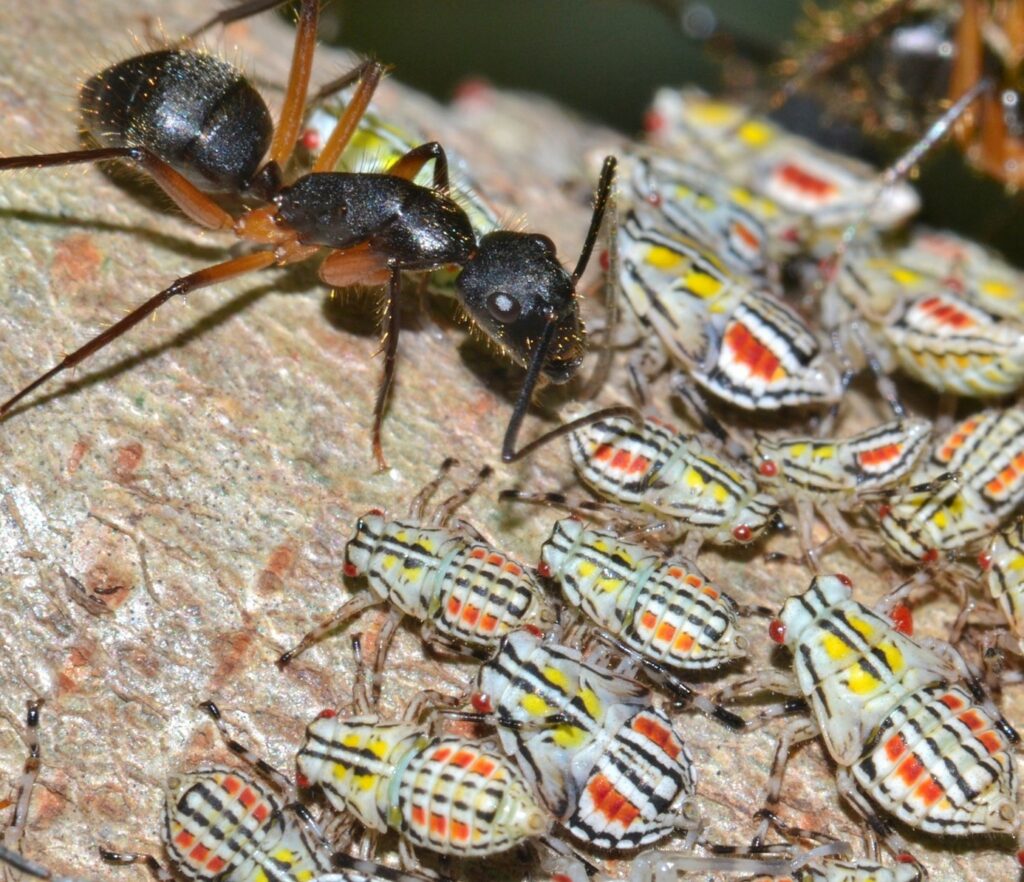
Camponotus rufipes worker attending phloem-feeding insects on Cerrado foliage. Photo credit: Sebastian Sendoya.
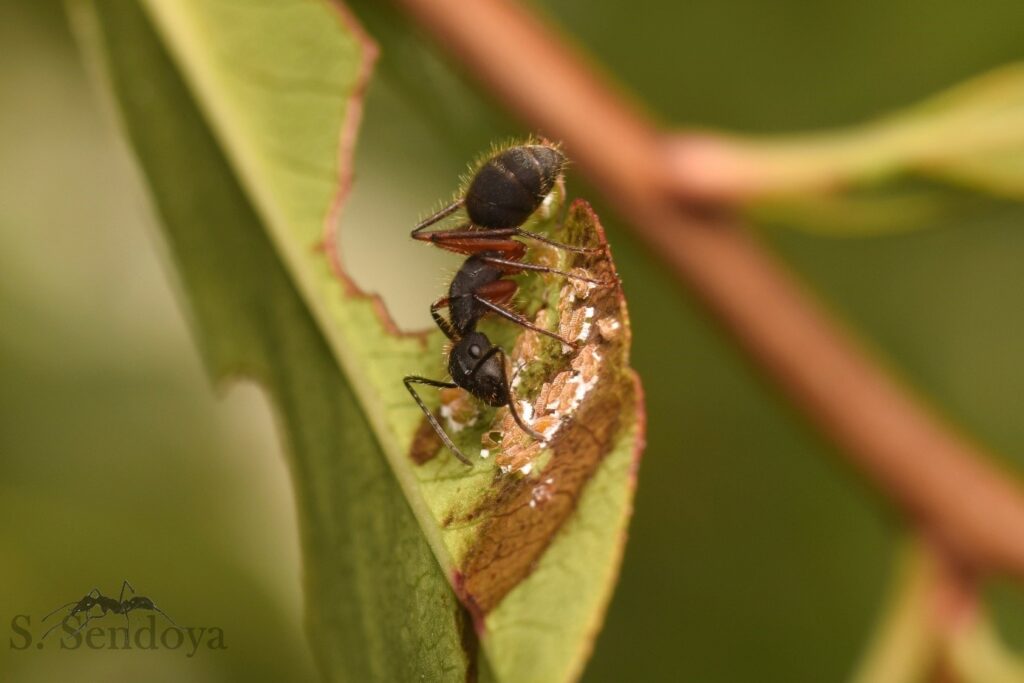
Landscape view of two Cerrado physiognomies: In the foreground, an open physiognomy dominated by small trees and scattered shrubs, known as cerrado senso stricto. In the background, a forest-like formation dominated by tall trees, known as cerradão.
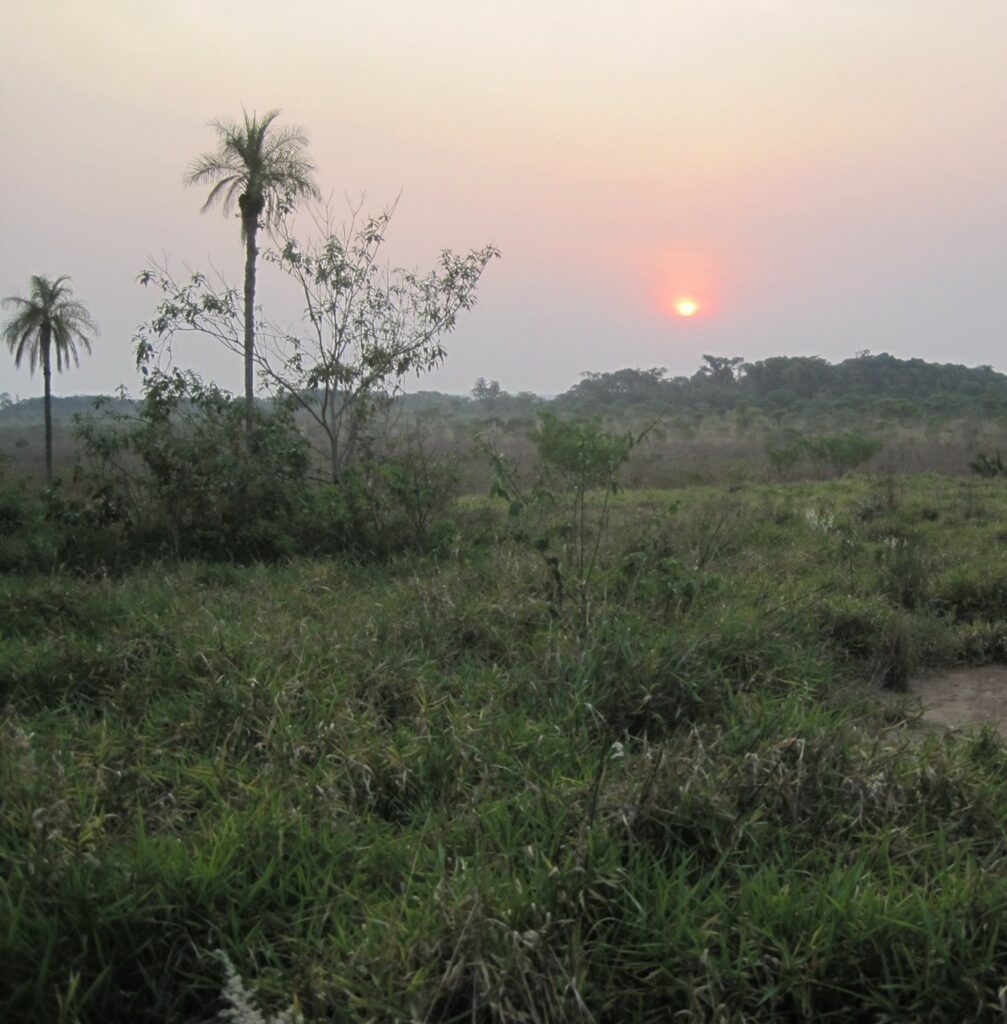
Marianne Azevedo-Silva looking for Camponotus nests in an area dominated by Pinus trees.
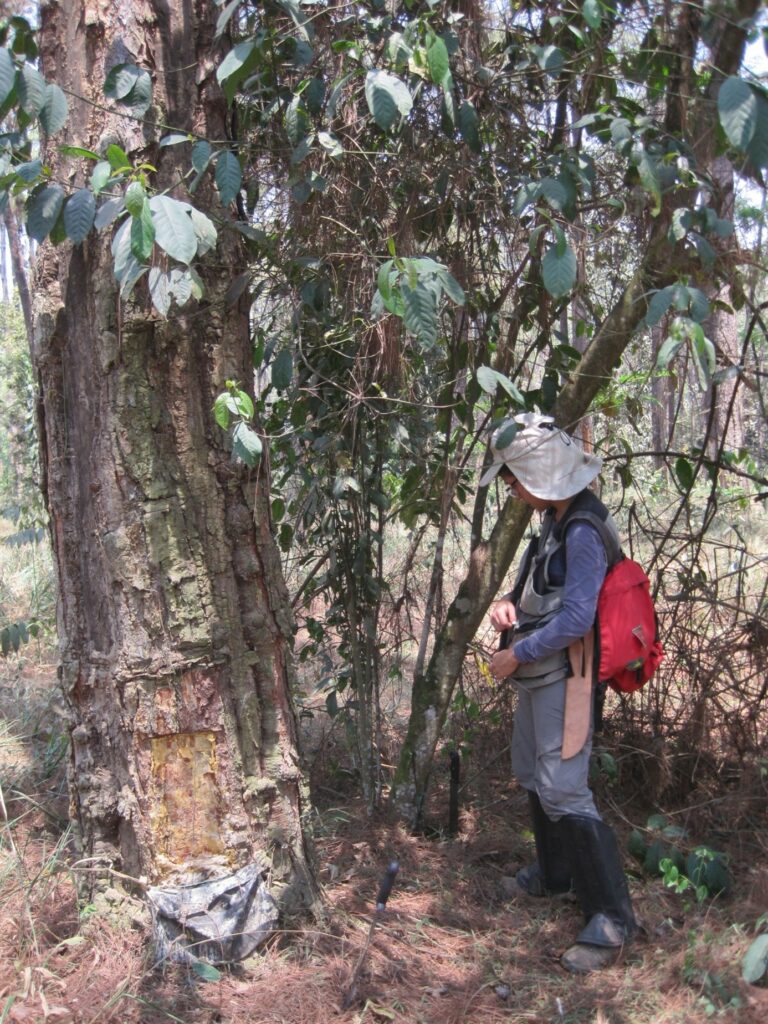
Paulo S. Oliveira collecting ants in the Cerrado.

Typical Camponotus rufipes nest made of dry straw.

Photo showing a human-altered area in the Cerrado reserve.



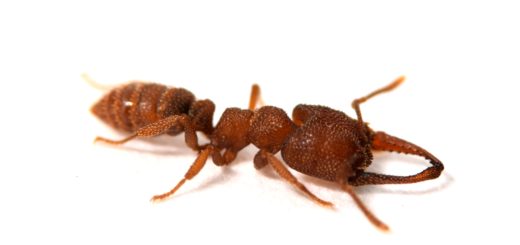
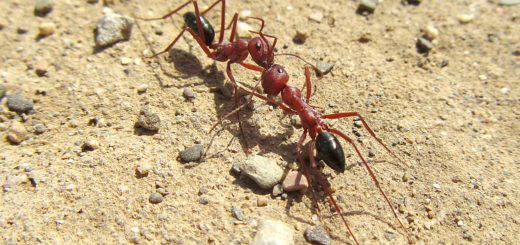

Recent Comments